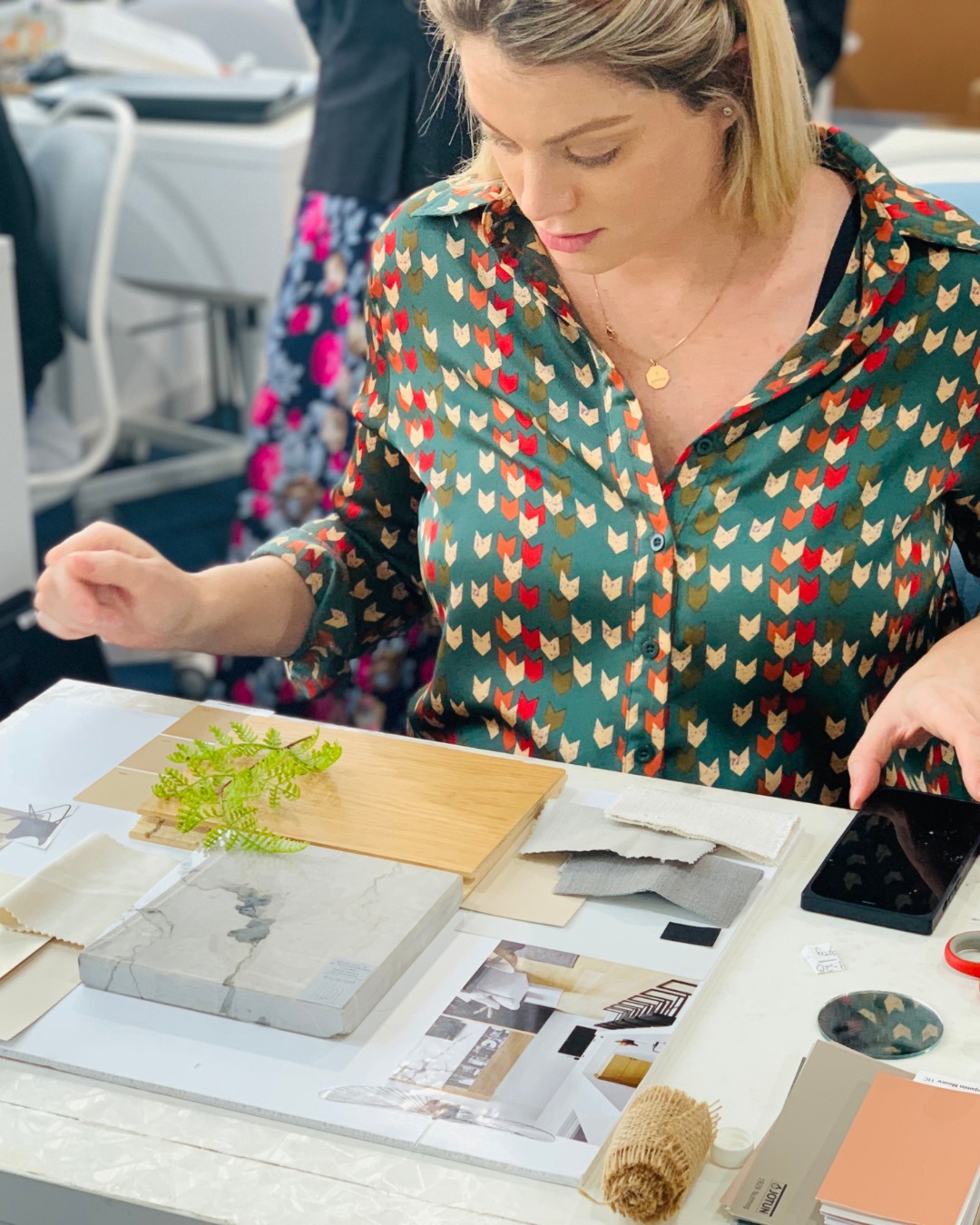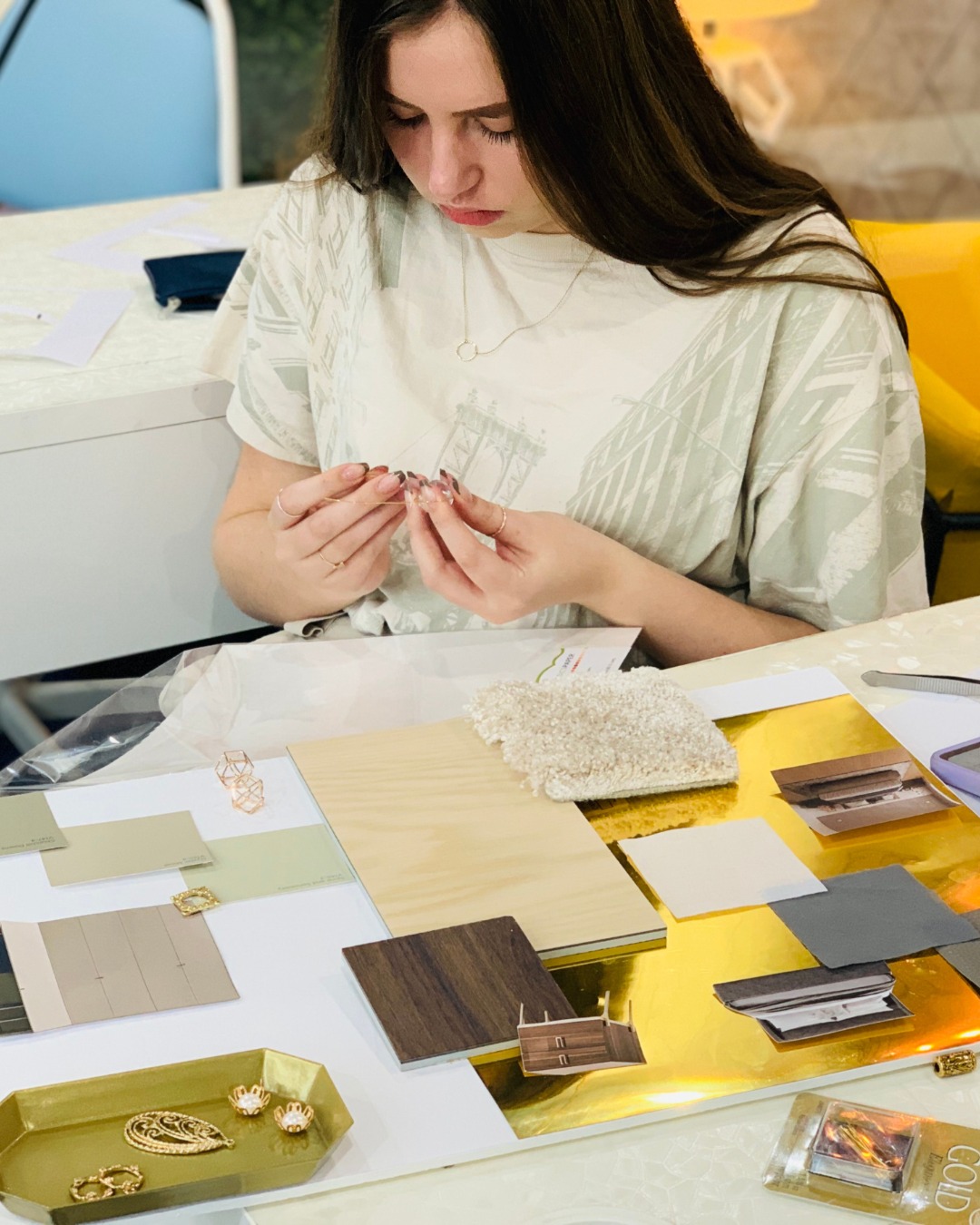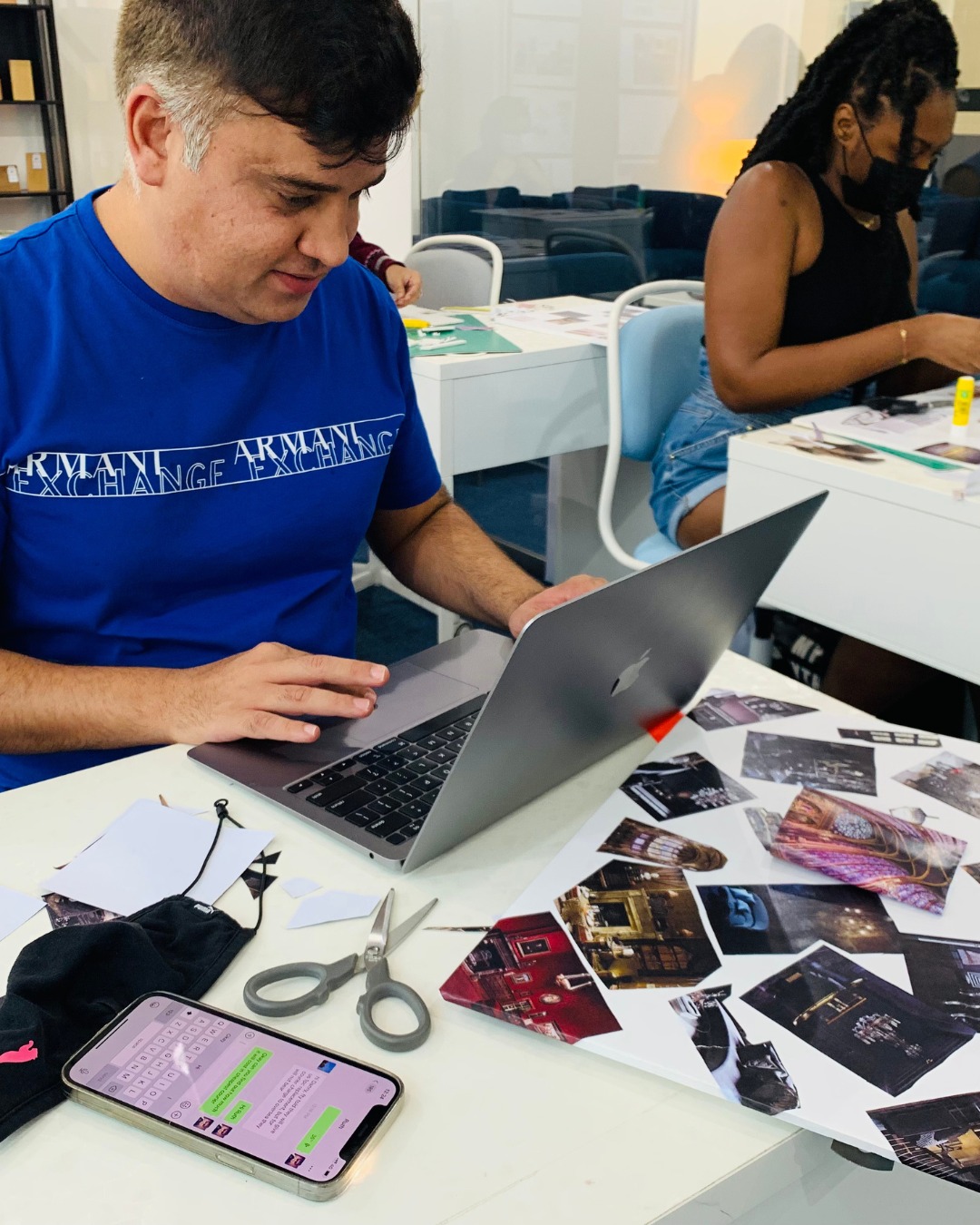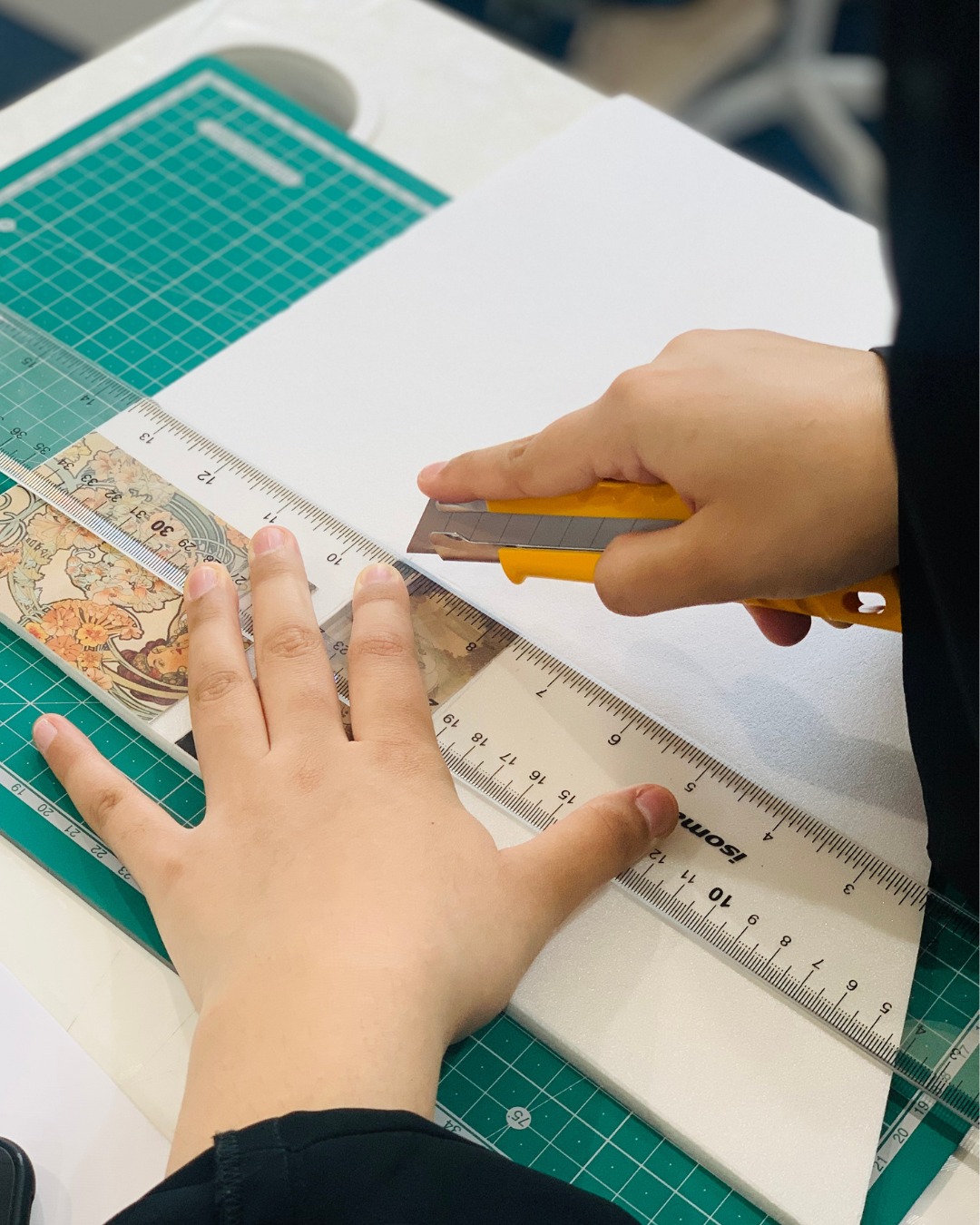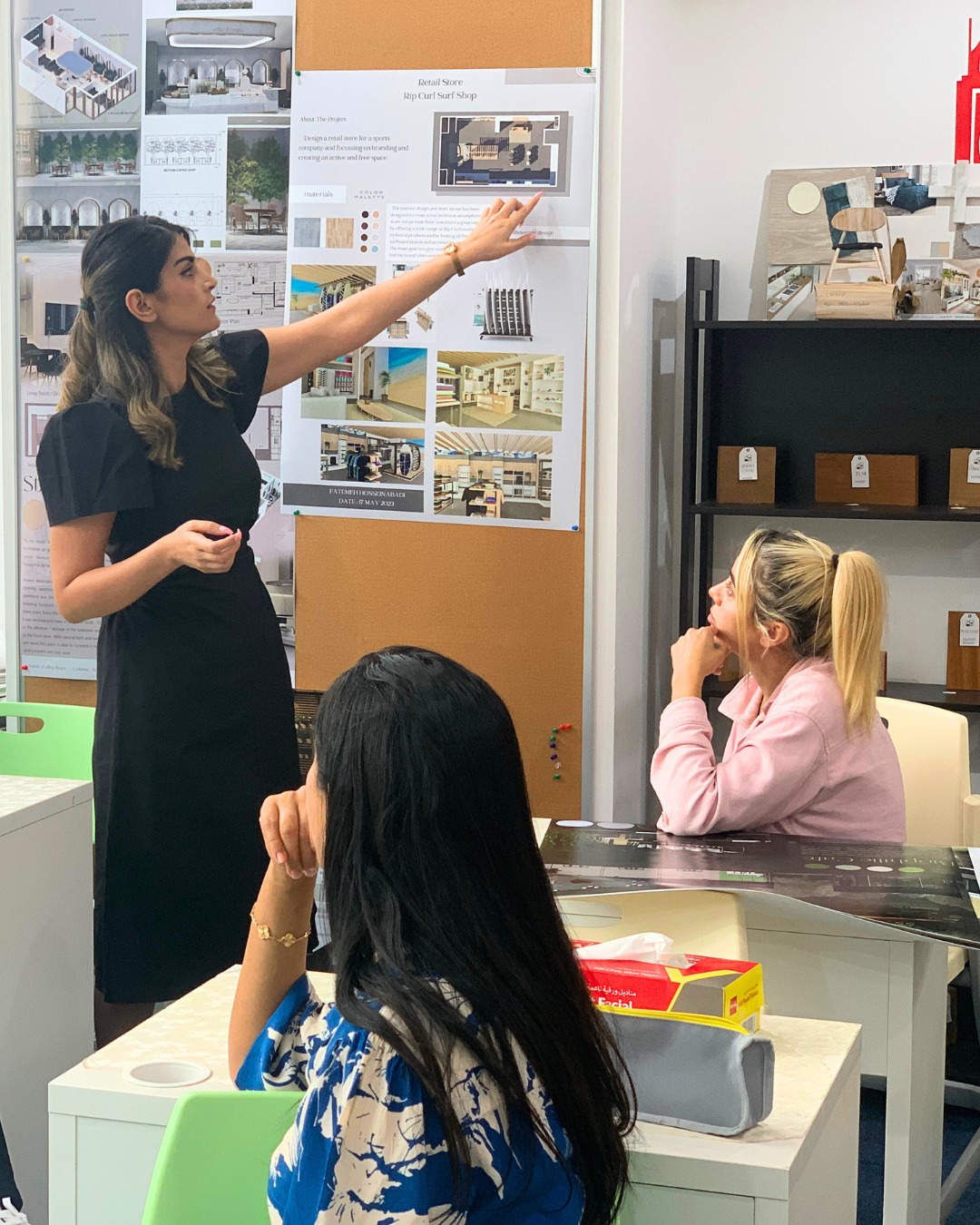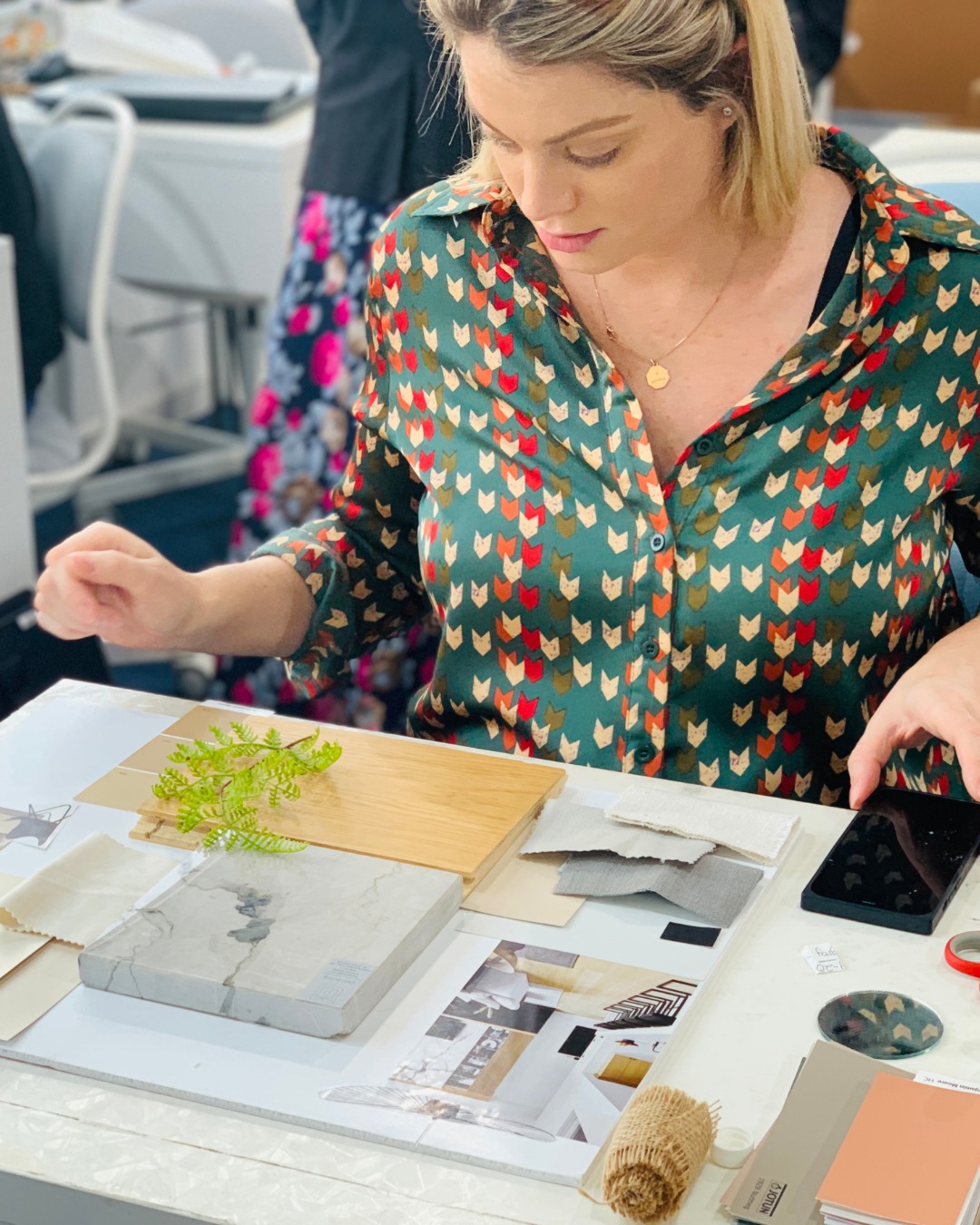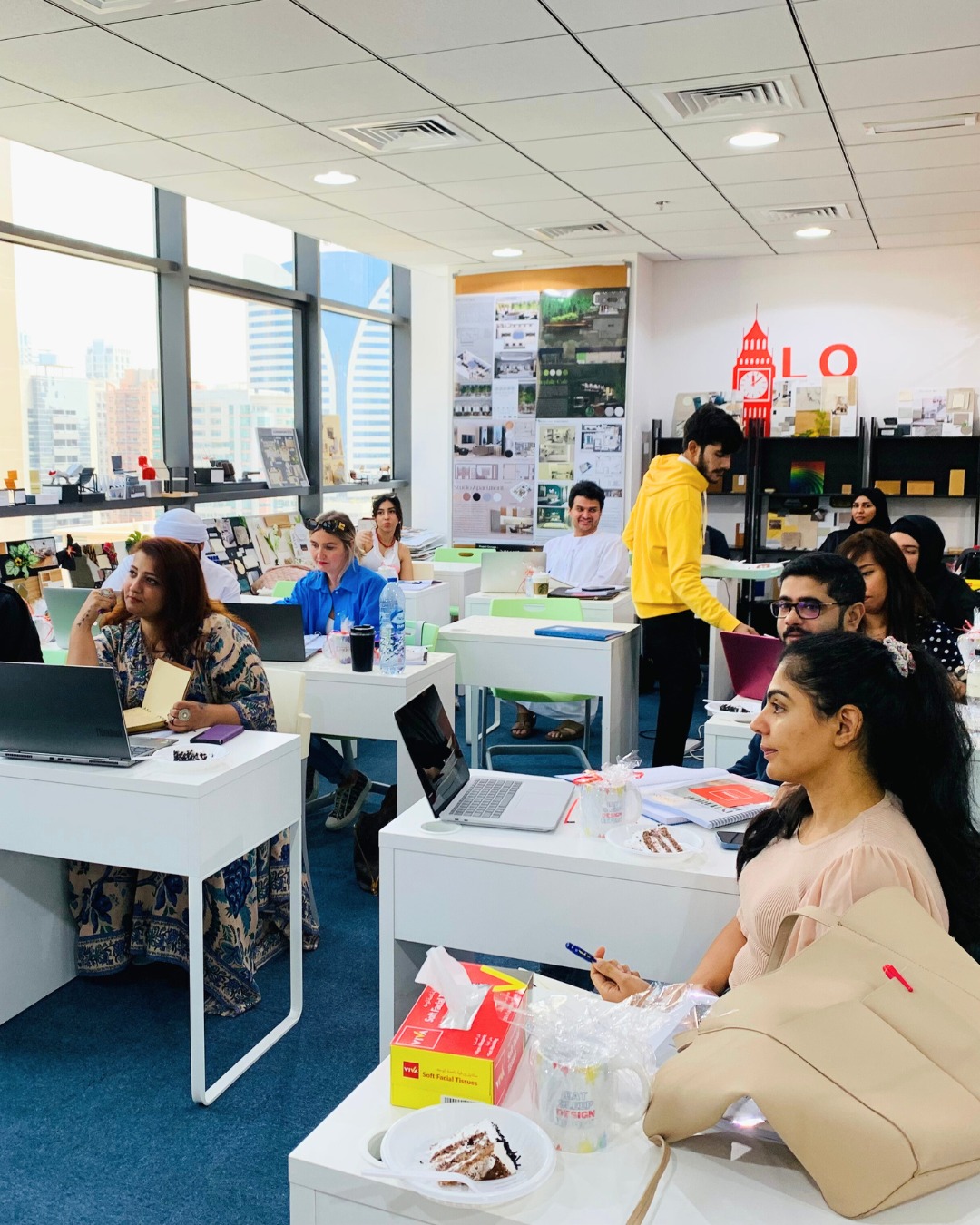
Introduction to the program
The Advanced Diploma in Interior Design (ADID) program focuses on pragmatic design including interior space planning and design treatments. The course prepares students to understand technical drawings and be aware of building elements, which make them efficient and creative throughout their careers. Students acquire the talent of interior sequence and their applications of more in-depth and professional approaches to specific interior design projects.
Our Advanced Diploma Program is fixated on different stages of design with concept, planning, and design. The motive is to develop students who are proficient at analytical thinking and conceptualization and mold them professionally competent to explore and iterate multiple ideas and identify, define, and describe relevant aspects of design problems. This course is composed of building elements, lighting, materials, design project estimate, and landscape design.
Membership: Students can now apply for Student Memberships at the British Institute of Interior Design, UK at no cost.
Course Objectives:
- To prepare students to develop knowledge of Interior design process in the design field
- Produce and communicate concept by developing knowledge to generate ideas
- Present ideas and solutions to a design problem
- Gain inspiration to explore ideas using a range of media and to understand the creative process followed by designers.
Teaching Methodology: Emphasis is placed on hands on training and practice. The sessions are 70% hands on practical assessments and 30% spread on lectures and research practice.
Entry Requirements
Admission into the Advanced Diploma in Interior Design program is open to students of all nationalities concerning the submission of the following requirements:
- Copy of the high school graduation certificate or equivalent from a recognized institution. These may include one of the following:
1. High School Certificate
2. O’ levels (IGCSE/GCE)
3. GED (General Education Diploma) - Complete the Application form
- Clear passport copy or other photo identity copy
- Students must have a good command of spoken English and own a laptop
- Must have completed the Professional Diploma in Interior Design.
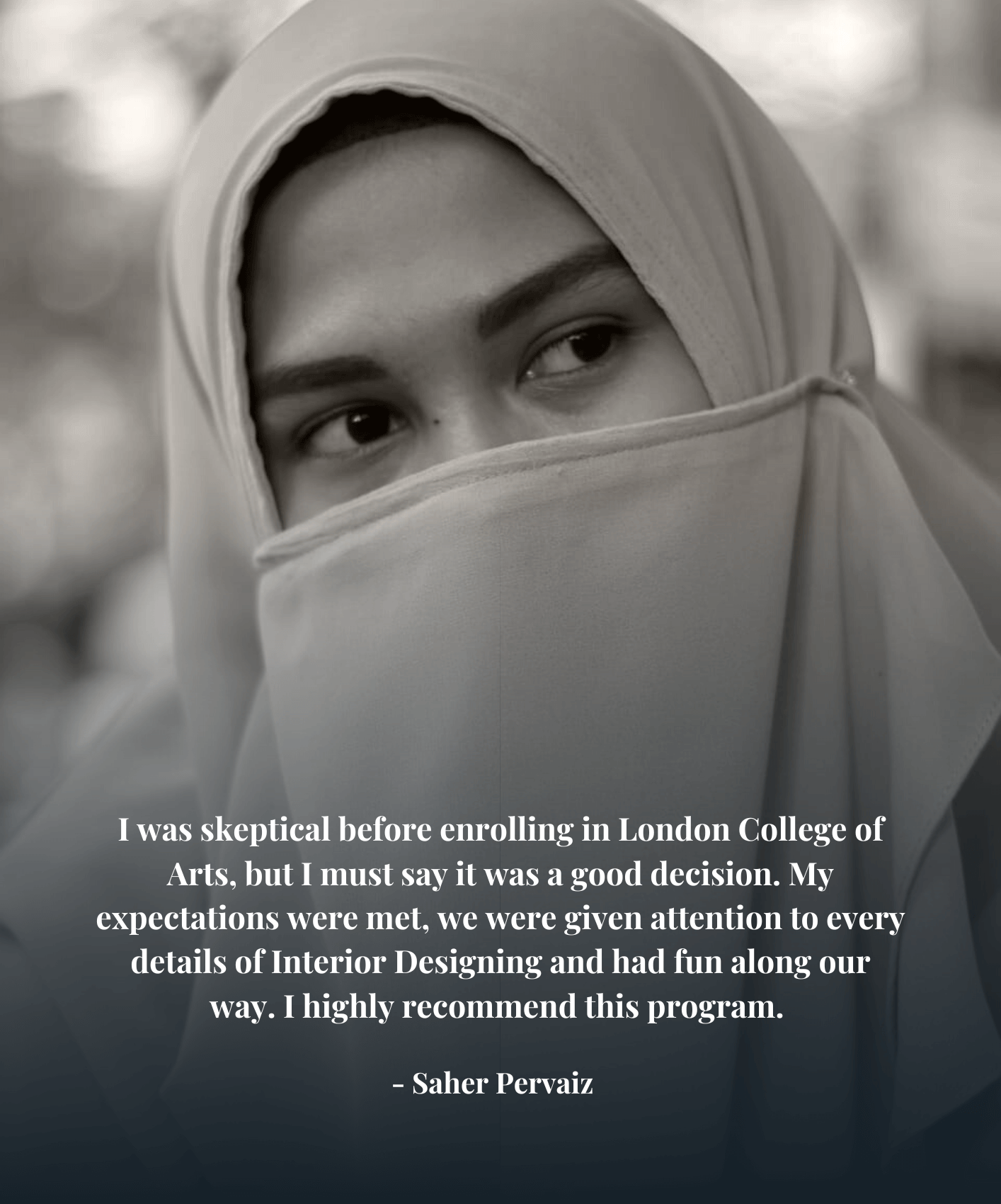
Syllabus Outline
Students are introduced to the importance of sustainable concepts in Interior Design and promoting a healthy and sustainable environment by using non-toxic materials and efficient planning. This module pays keen attention to the interior design process and the steps to be considered in the design process.
To achieve this module the student must:
1. Research and evaluate various sustainable projects and methods to resort to the concept
2. Prepare presentations on sustainable measures and methods in energy devices.
3. Acquire knowledge of the design construction team and the design procedure.
4. Study design development based on client brief and resolve the existing problem.
Students will acquire knowledge on building elements and carefully organize them in design. Knowledge of Interior elements comes to the aid of design by considering the subsisting elements in the space and carefully using them to solve design problems.
To achieve this module the student must:
1. Present ideas and solutions to a design problem
2. Prepare and undertake practical activities in the preparation of proposals for a vocational research study.
3. Understand technical alternatives to solve any problem.
4. Demonstrate careful use of structural elements in a built-in space.
5. Comprehend the structure and different ways to utilize building elements in design.
This unit interprets the deliberate use of light to enhance the function and aesthetic of a proposed
space. Emphasis is on the selection, placement, and management of mixed light sources to attain the desired ambiance focus on specific features, and facilitate the purpose of spaces, by functional illumination for tasks.
To achieve this module the student must:
1.Demonstrate efficient ways to use light layers in spaces
2. Understand lighting principles and balance between lights
3. Acquire knowledge of illumination techniques.
4. Learn to visibly change depth perception in a room, creating illusion
Photoshop is a powerful software used to express creative concepts with ease for designers, including architects, Interior design, and graphic design. It is a versatile graphic software that helps give the desired two-dimensional and three-dimensional designs. With the help of this software, students can enhance their work and deliver quality presentations.
To achieve this module the student must:
1. Be able to bring out two-dimensional and three-dimensional presentations
2. Learn techniques to showcase their quality designs
3.Demonstrate concepts and design of projects
4. Carefully use tools to attain best results
5. Expertise in using software to be competent in the Interior design field.
This unit focuses on landscaping techniques, installing and maintaining plants, and biophilic components inside buildings. Students will learn to combine built and natural elements arranged in a way to suits user needs by the ground materials and grading selections to make sure the design suits the requirements of the area, such as rainwater runoff, aesthetics, privacy, and habitats for flora and fauna.
To achieve this module the student must:
1. Be able to design space with a variety of textures, colors, and materials.
2. Create and present a pleasant environment for people and buildings.
3. Understand landscaping techniques to be used in different scenarios
4. Present designs efficiently
5. Prepare numerous measures to be taken in landscaping
Students get an opportunity to demonstrate their innovative and creative design skills and that inspires them in the field of interior design. Students will be guided to structure their journey to showcase the personality and individuality of their projects.
To achieve this module the student must:
1. Evaluate and choose the right platform to showcase the work
2.Demonstrate the creative process
3. Curate the best work and show a wide breadth of skill
4. Showcase the design works that have been done in each module

